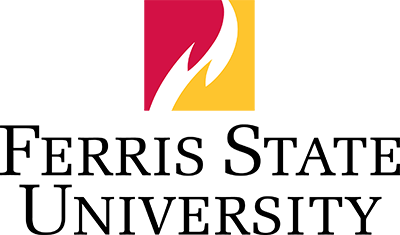The price of prescription medications rose in 2023, prompting concern and outrage from patients and politicians.
It’s certainly true that americans pay more for their medicines than those in many other countries. But it’s worth considering why that is to better understand the trade-offs that come with lower drug prices.
The united states has pursued policies encouraging and rewarding novel drug development. Other countries have done the opposite. They pay lower prices because they artificially suppress them. But doing so comes at a cost — namely, less research and development, fewer novel treatments and delayed drug access.
Let’s look closer at drug development and access in the united states versus europe.
The united states outspends europe in drug research and development. European r&d expenditures have shrunk by a quarter over the last two decades. The united states has conducted almost 150,000 clinical trials since 2008 — more than spain, germany, france, italy, belgium and the united kingdom combined.
If you remove money from research and development and conduct fewer clinical trials, you’ll be left with fewer drug approvals and new treatments. It’s a simple equation.
It’s no surprise that the united states leads the world in drug approvals. From 2007 to 2017, the food and drug administration approved 20% more drugs than the european medicines agency, europe’s drug regulatory body. But that’s only part of the story. Between 2010 and 2020, 86 oncology drugs won approval from the fda and the ema. In 80 cases, fda approval came first — 227 days sooner. If you ever face an advanced-stage cancer diagnosis and a new and effective treatment might save you, would you like to start treatment now, or would you prefer to wait seven or eight months?
Even after that delay, many european healthcare systems save money by denying patients access to new medications, sometimes for years.
Americans get more drugs, and we get them faster. Patients in the united states get first access to more than half of new drugs, regardless of where they were developed. Of 287 drugs launched globally from 2018 to 2022, americans had access to 74% by the fourth quarter of 2022. Germany was next with 52%, japan and the uk at 43%. These differences can be a matter of life and death.
Development costs aside, an additional force is running riot in the american prescription drug business, driving up prices: the middlemen in the supply chain connecting drug makers to patients via insurers and pharmacies. In theory, these middlemen — called “pharmacy benefit managers” — negotiate lower prices from drug makers on behalf of insurers.
In fact, they rake in more than $300 billion annually, all of which is reflected in drug costs. Put simply, middlemen are skimming profits without contributing to the development and production of pharmaceuticals. This is part of why identical drugs produced by american or european multinational pharmaceutical corporations are often offered in pharmacies in europe to patients at prices 50% or lower than in the U.S.




